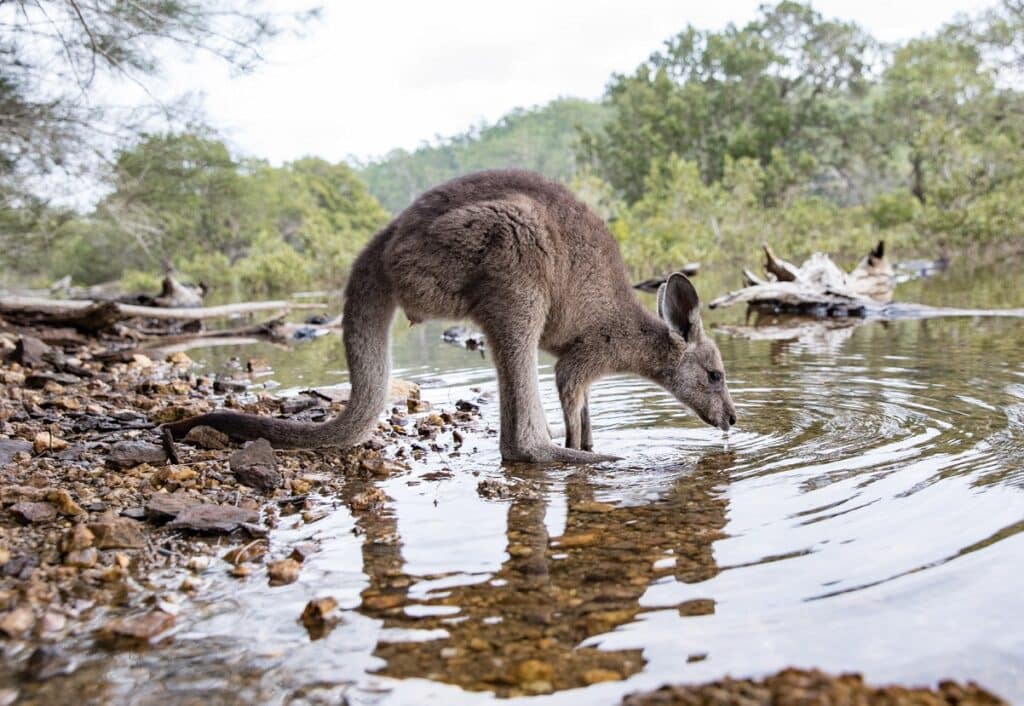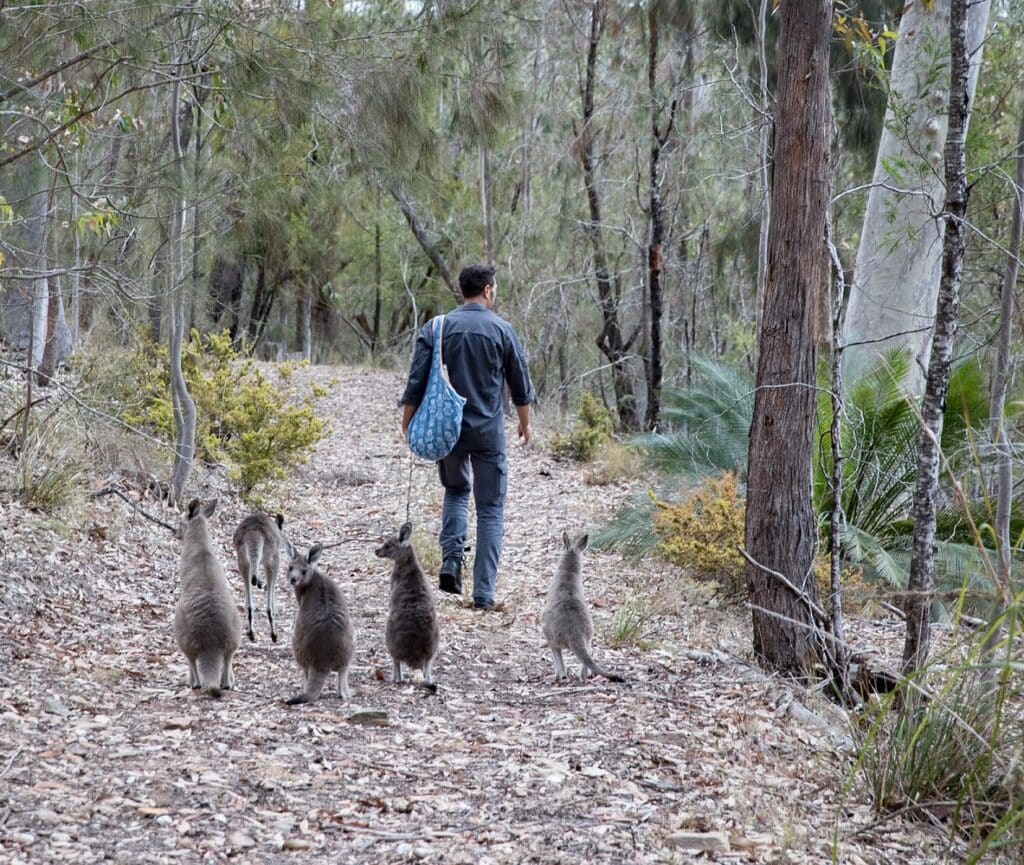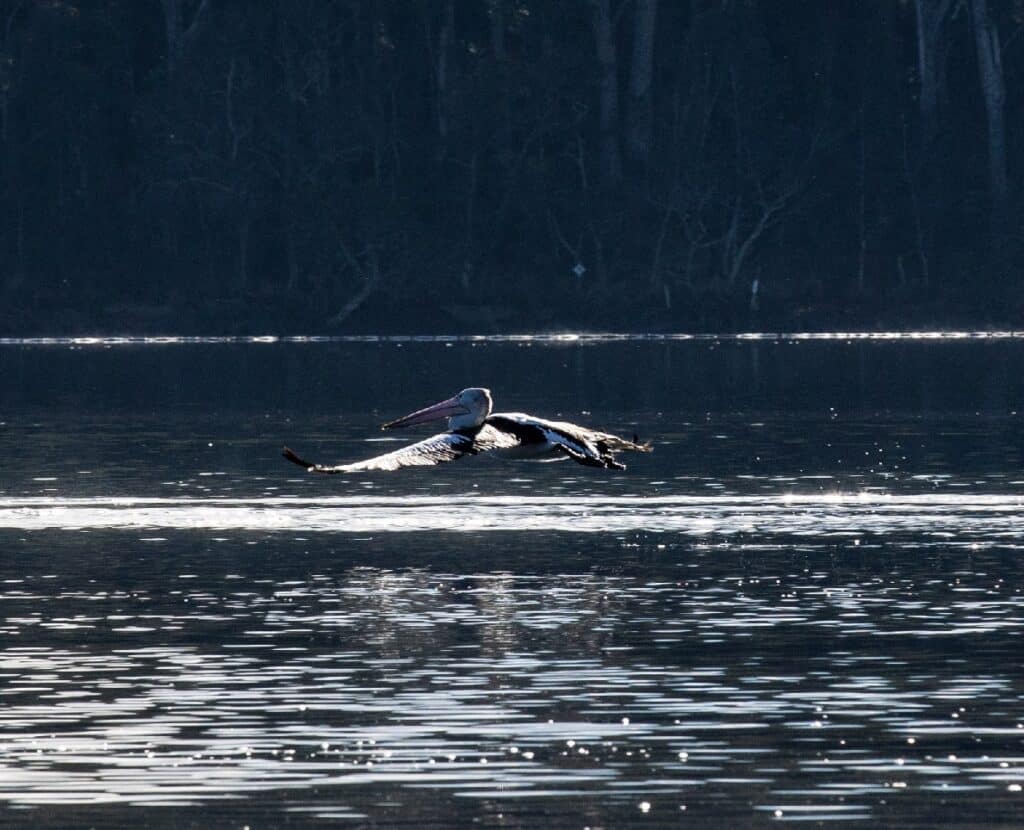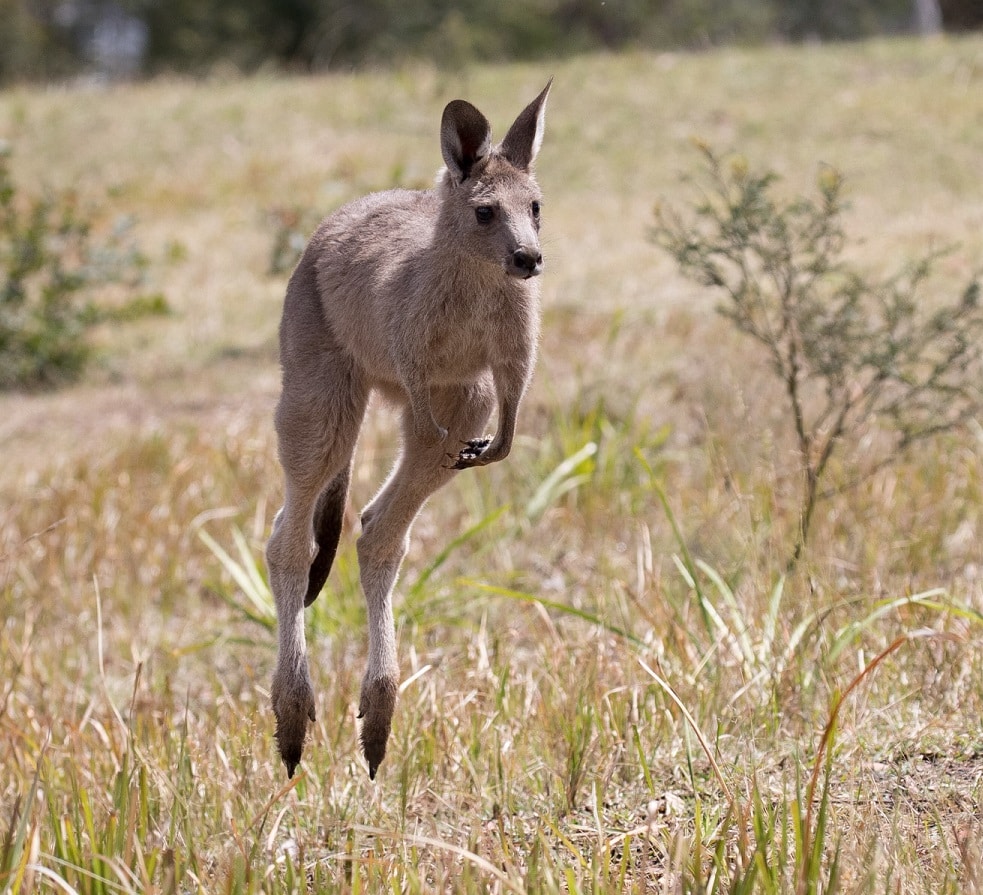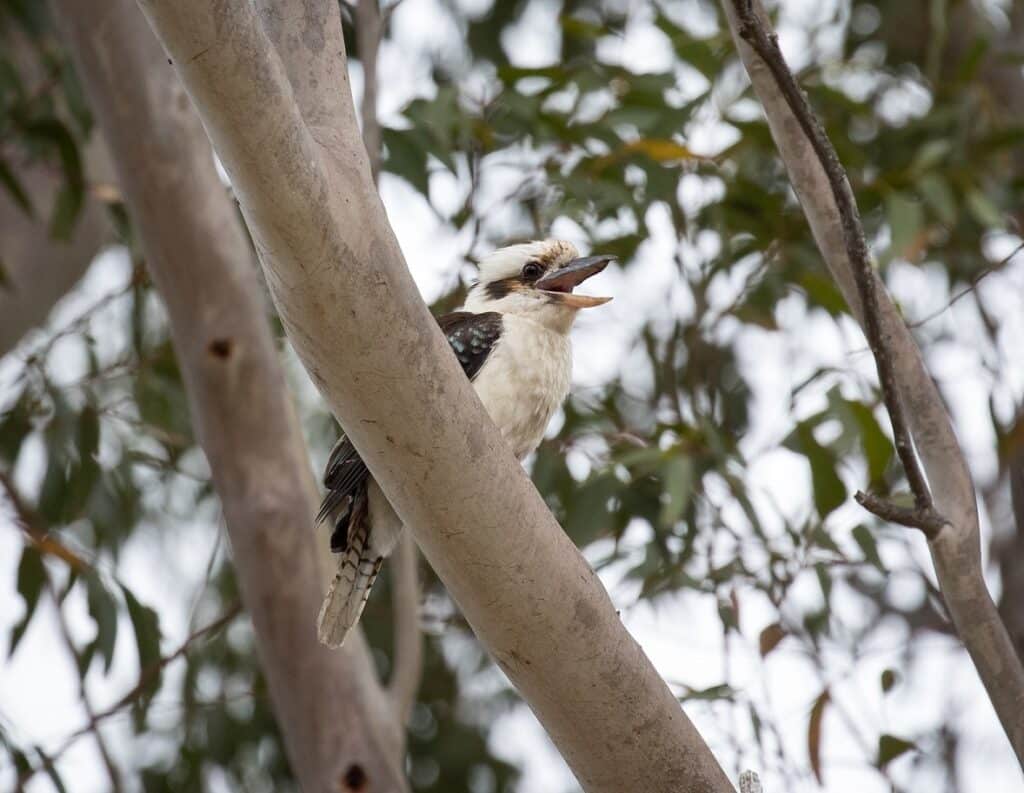Rae Harvey is the owner of Wild 2 Free, a property situated in Runnyford, approximately 5km west of Batemans Bay, New South Wales. The property is a dedicated wildlife sanctuary as well as a wildlife shelter for the rehabilitation of eastern grey kangaroos and wallabies. Rae intends to preserve the property’s native habitat as a sanctuary for kangaroos and other native species.
The property is bordered on three sides by the saltwater Clyde River, Waterfall Creek and mudflats, which provide mineral rich soils and mangrove habitat on the riparian zones. Covering 27 hectares, the property consists of 50% pasture and 50% native bushland. It features three medium-sized dams and a sheltered drainage gully.
Vegetation on the property consists of pasture (primarily native grasses) and eucalypt woodland interspersed with black wattle (Acacia mearnsii), she-oak (Casuarina spp.) and other native species. The woodland is comprised of mostly younger eucalypts, although some older individuals are present along with several stag trees and hollows.
Although the property was severely damaged by the 2019-2020 bushfires, vegetation is undergoing natural regeneration and some areas of canopy have recovered from the damage. A large amount of sedge and grass cover has regrown, and some acacia and casuarina seedlings are sprouting.
A wide variety of wildlife can be found on the property including eastern grey kangaroos (Macropus giganteus), swamp wallabies (Wallabia bicolor), brushtail possums (Trichosurus vulpecula), little forest bats (Vespadelus vulturnus), white-striped freetail bats (Tadarida australis), sugar gliders (Petaurus breviceps), feathertail gliders (Acrobates pygmaeus), common death adders (Acanthophis antarcticus) and lace monitors (Varanus varius). A wide range of native frogs are also present including Peron’s tree frogs (Litoria peronii), Bibron’s toadlets (Pseudophryne bibroni), striped marsh frogs (Limnodynastes peronii) and eastern dwarf tree frogs (Litoria fallax).
A vast array of birdlife is also present including various owls, tawny frogmouths (Podargus strigoides), rainbow lorikeets (Trichoglossus moluccanus), king parrots (Alisterus scapularis), galahs (Eolophus roseicapilla), eastern (Platycercus eximius) and crimson (Platycercus elegans) rosellas, corellas (Licmetis spp.), wood (Chenonetta jubata) and Pacific black ducks (Anas superciliosa), grey butcher birds (Cracticus torquatus), magpies (Cracticus tibicen), ravens (Corvus coronoides), laughing kookaburras (Dacelo novaeguineae), brown cuckoo-doves (Macropygia phasianella), wonga pigeons (Leucosarcia melanoleuca), white ibises (Threskiornis molucca), pelicans (Pelecanus conspicillatus), honeyeaters and darters.
A variety of cockatoos including sulphur-crested (Cacatua galerita), glossy black (Calyptorhynchus lathami), gang-gang (Callocephalon fimbriatum) and yellow-tailed black (Calyptorhynchus funereus) cockatoos live on the property. Raptors such as peregrine falcons (Falco peregrinus), wedge-tailed eagles (Aquila audax) and white-bellied sea eagles (Haliaeetus leucogaster) also frequent the area.
A full list of pre- and post-fire species can be found here.

